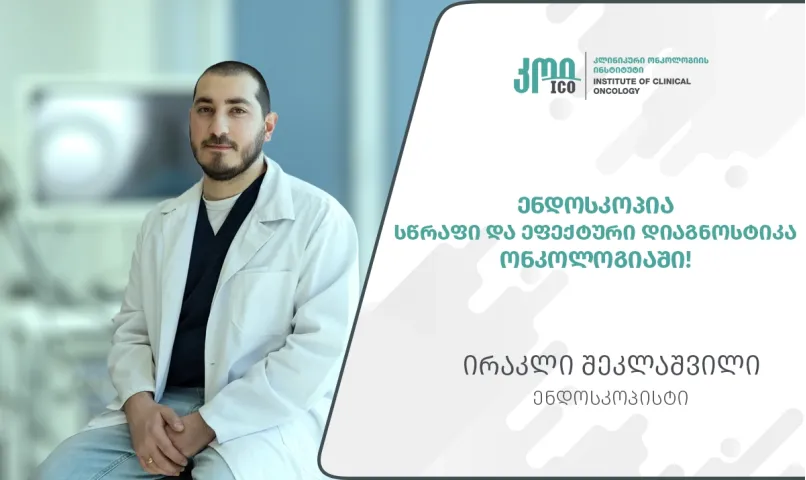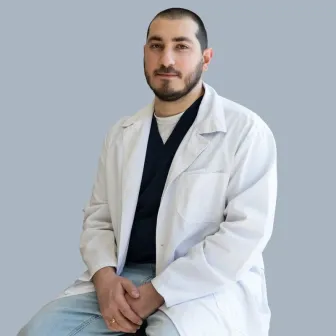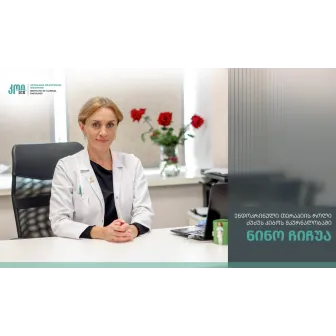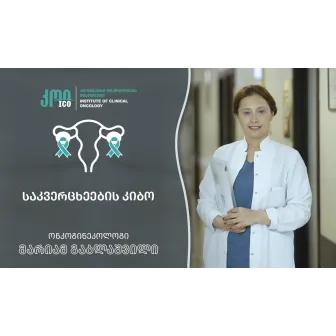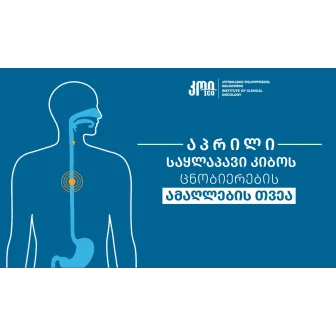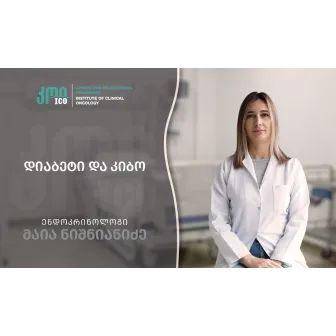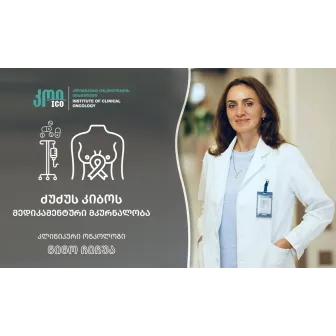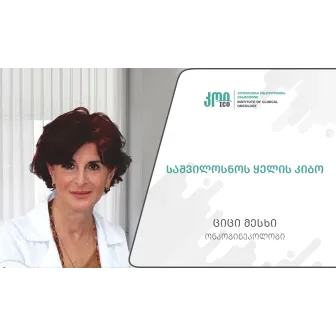How is endoscopic diagnosis performed in oncological diseases, what symptoms do patients present with, and what types of procedures are performed? Irakli Sheklashvili, an endoscopist at the Institute of Clinical Oncology, talks to us about this issue.
What types of oncological pathologies are encountered during endoscopic examination?
Endoscopic studies are widely used in oncology to diagnose malignant processes in various organs. The most common oncological diseases that are detected endoscopically include:
- Broncoscopy: Lung cancer (non-small cell and small cell carcinoma);
- Laryngoscopy: laryngeal and hypopharyngeal cancer;
- Gastroscopy: Esophageal and gastric cancer;
- Colonoscopy: Colorectal cancer.
These tumors are often detected both during purposeful examinations and as a result of accidental discovery, especially in the early stages.
What symptoms do patients present with?
Symptoms depend on the location of the damaged organ and the degree of process progression:
- Bronchoscopy: Chronic cough, bloody sputum (hemoptysis), shortness of breath, wheezing, unexplained weight loss;
- Laryngoscopy: Hoarseness, difficulty swallowing (dysphagia), sore throat, stridor;
- Laryngoscopy: Difficulty swallowing, epigastric pain, weight loss, bloody stools (melena), anemia;
- Colonoscopy: Rectal bleeding, change in bowel habits (constipation or diarrhea), anemia, abdominal pain.
It is important to note that early-stage tumors are often asymptomatic and are only detected during examinations performed for preventive or other reasons.
How is diagnosis made during endoscopic procedures?
Diagnostic endoscopy in oncology includes various techniques that allow for both visual assessment and cytological and histological analysis of tissues:
- Biopsy: Tissue sampling under direct visualization is the gold standard for making an oncological diagnosis;
- Brush cytology: Used during bronchoscopy, especially to examine central lung tumors;
- Bronchoalveolar lavage (BAL): Helps with cytological and microbiological evaluation;
- Polypectomy and mucosal resection: Used during colonoscopy to remove suspected early neoplasia.
Endoscopic methods enable early diagnosis of tumors, which significantly increases the effectiveness of treatment. Therefore, in the case of the presence of symptoms, timely endoscopic examination can be crucial for the patient's health.
- Views:12076




